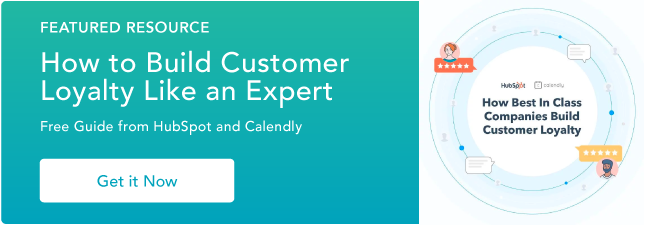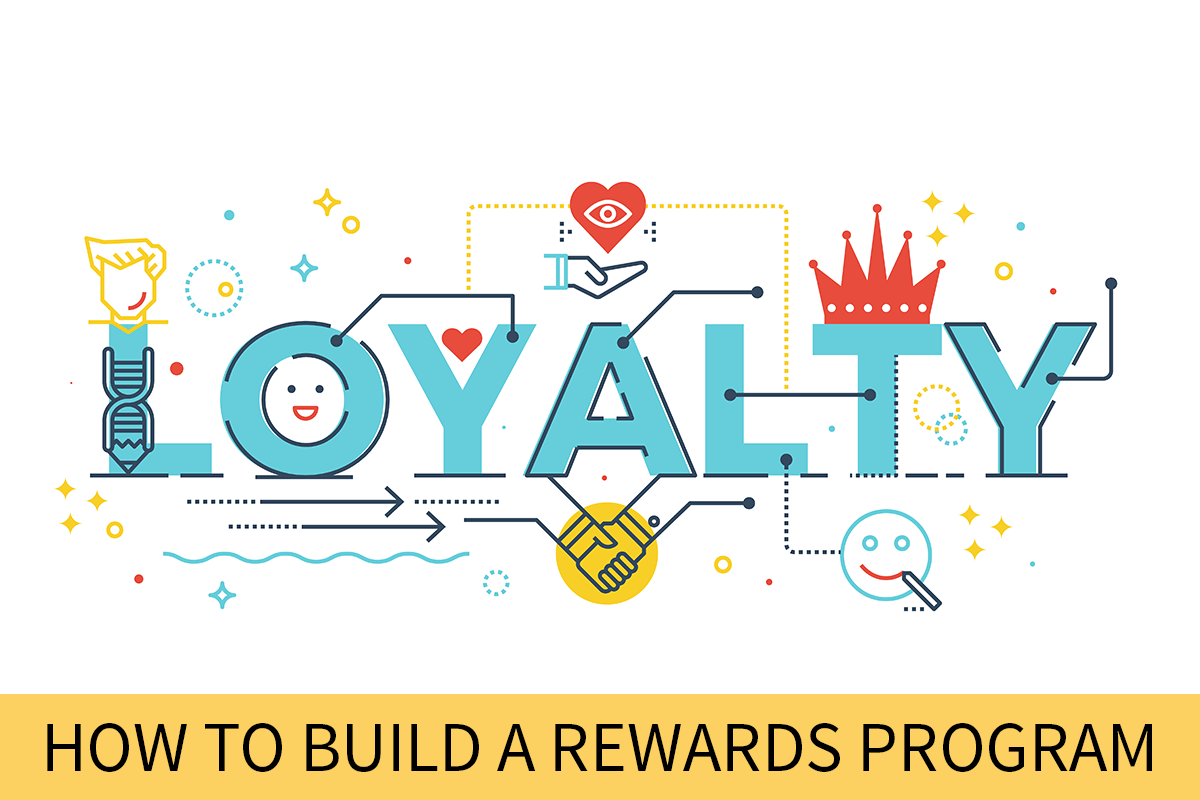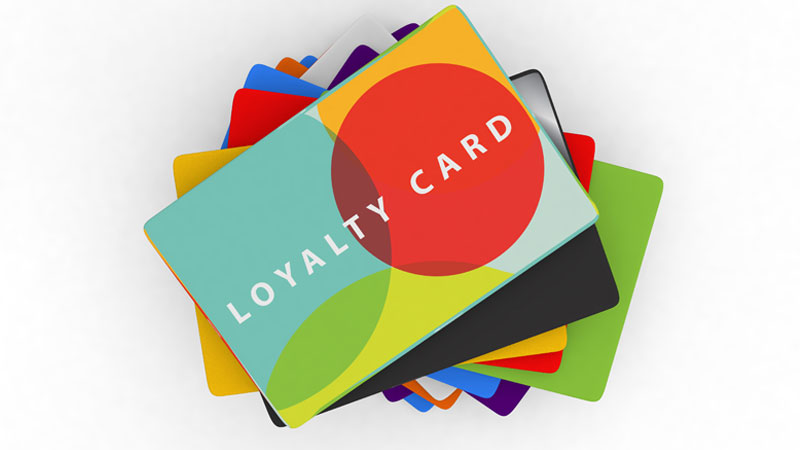All Categories
Featured
Table of Contents
In 46514, Carlee Cline and Madilyn Chambers Learned About Network Marketing

What if you could grow your business without increasing your costs? In fact, what if you could actually lower your costs but increase your sales, every year? Would you do it? If you're a business owner, then you'll likely provide a definite 'yes', an easy answer to an even easier concern.
A rewards program tracks and rewards specific costs habits by the consumer, providing special advantages to devoted clients who continue to shop with a specific brand. The more that the client invests in the store, the more advantages they get. Over time, this reward constructs loyal clients out of an existing client base.

Even if you already have a benefit program in location, it's a great idea to dig in and fully comprehend what makes client loyalty programs work, along with how to implement one that costs you little cash and time. Do not stress, I'll help you with that. I'll break down the primary advantages of a loyalty program and the very best methods to produce loyal customers.
Let's dig in. Client loyalty is when a client returns to do company with your brand name over your rivals and is mainly affected by the positive experiences that the customer has with your brand name. The more favorable the experience, the more likely they will return to go shopping with you. Consumer loyalty is incredibly crucial to companies due to the fact that it will help you grow your business and sales faster than a basic marketing plan that focuses on hiring new consumers alone.
A few methods to determine customer loyalty consist of:. NPS tools either send out a brand name performance survey by means of email or ask clients for feedback while they are going to a service's website. This information can then be used to better understand the likelihood of customer commitment. A repurchase ratio measures the ratio of repeat buyers versus one-time purchasers.
Client loyalty index (CLI). The CLI tracks customer loyalty with time and is comparable to an NPS survey. However, it takes into account a few extra factors on top of NPS like upselling and buying. These metrics are then utilized to assess brand name loyalty. A consumer loyalty program is a marketing technique that rewards consumers who make purchases and engage with the brand on an ongoing basis.
Client benefits programs are designed to incentivize future purchases. This motivates them to continue working with your brand. Client loyalty programs can be established in many different ways. A popular consumer loyalty program benefits clients through a points system, which can then be invested on future purchases. Another type of client commitment program might reward them with member-exclusive advantages or free gifts, or it might even reward them by donating money to a charity that you and your consumers are mutually passionate about.
In 44870, Jamison Hartman and Jazmyn Harmon Learned About Prospective Client
By offering rewards to your consumers for being faithful and helpful, you'll construct a rapport with them, deepening their relationship with your brand name and hopefully making it less most likely for them to switch to a rival. You have actually likely seen consumer commitment programs in your own shopping experience, whether at your preferred coffee shops or your most frequented grocery shops.
But simply due to the fact that everyone is doing it does not imply that's a great sufficient factor for you to do it too. The better you comprehend the benefits of a client rewards program, the more clearness you will have as you create one for your own shop. You will not be distracted by interesting advantages and complicated loyalty points systems.
Keep in mind: work smarter, not harder. Client retention is the main benefit of a benefits program that functions as a structure to all of the other benefits. As you provide incentives for your existing client base to continue to buy from your shop, you will provide your shop with a consistent circulation of cash month after month.
By growing your retention rate, you can stop spending as much time or cash on increasing your general number of clients. Why is this important? Loyal clients have a higher conversion rate than brand-new customers, suggesting they are most likely to make a deal when they visit your store than a new consumer.
By increasing your retention rate by just 5 percent, you can increase your profits by 25 percent and as much as by 95 percent. Needless to say, your retention rate matters. Key Takeaway: If you wish to substantially increase your profits, offer incentives for your existing consumers to continue to go shopping at your shop.
And you will not have to invest money on marketing to get them there. Client acquisition (aka bringing in new consumers) takes a great deal of effort and cash to persuade total strangers to trust your brand name, pertained to your shop, and try your products. In the end, any cash earned by this new consumer is eclipsed by all of the money invested in getting them there.
Secret Takeaway: If you want to decrease spending, focus on client retention rather of consumer acquisition. When you focus on supplying a positive customized experience for your existing clients, they will naturally inform their family and friends about your brand name. And with each subsequent transaction, faithful consumers will tell even more individuals per deal.
In 46368, Charlie Zuniga and Giada Krause Learned About Emotional Response
The best part? Since these new clients originated from relied on sources, they are most likely to become loyal customers themselves, investing more on average than brand-new clients brought in by other marketing efforts. The Chase Ultimate Benefits program, for instance, provides significant benefits for individuals who travel a lot.
The 'ultimate rewards' that Chase cardholders get consist of 2x points per dollar invested in all travel purchases along with primary rental vehicle insurance coverage, no foreign deal charges, journey cancellation insurance, and purchase defense. For individuals who travel a lotand have non reusable income to do sothere is an enormous reward to spend cash through the supreme benefits program.
This entire process makes redeeming rewards something worth extoling, which is precisely what many cardholders end up doing. And to assist them do it, Chase offers a perk for that too. Secret Takeaway: Make it easy for your clients to extol you and they will spread the word about your buy complimentary.
As soon as you get the basics down, then using a loyalty rewards app can assist take care of the technical details. Here are the actions to get going with creating your customer commitment program. No client wishes to buy items they don't desire or require. The very same goes for your commitment program.
And the only way to customize an alluring customer loyalty program is by thoroughly understanding your client base. The very best way to do this? By carrying out these strategies: Construct client contact info anywhere possible. Ensure your business is constantly constructing a detailed contact list that allows you to access existing consumers as typically and as quickly as possible.

Track customer behavior. Know what your clients want and when they want it. In doing so, you can anticipate their wants and needs and supply them with a loyalty program that will satisfy them. Classify client personal qualities and choices. Take a multi-faceted approach, do not limit your commitment program to simply one avenue of success.
Motivate social media engagement. Frame strategies to engage with your customers and target audience on social media. They will soon supply you with very informative feedback on your services and products, permitting you to much better understand what they get out of your brand. When you have exercised who your clients are and why they are working with your brand name, it's time to decide which kind of loyalty rewards program will encourage them to remain loyal to you.
In Clermont, FL, Rose Cox and Jaydan Salinas Learned About Type Of Content
Nevertheless, the most typical client loyalty programs centralize around these primary ideas: The points program. This type of program concentrates on gratifying consumers for each purchase they make with points in a point system. These points can then either be utilized on future purchases or put towards some type of reward.
The paid program. This kind of program requires customers to pay a one-time or yearly fee to join your VIP list. Commitment members who come from this list have the ability to access unique rewards or member-exclusive advantages. The charity program. This type of program is a little bit different than the others.
This is accomplished by motivating them to do business with the brand name and, in return, their loyalty will be rewarded with a contribution to a charity. The tier program. This kind of program concentrates on increasing levels of brand loyalty. The more faithful a client is to a brand, the higher tier they will reach and the much better the rewards they will receive.
This type of program is simply as it sounds, where one brand partners with another brand name to supply their cumulative audiences with special member discount rates or deals that they can redeem while doing organization with either brand name. The neighborhood program. This type of program incentivizes brand name commitment by providing its members with access to a like-minded neighborhood of people.
This kind of program is relatively comparable to paid programs, however, the subscription fee occurs regularly rather than a one-time payment. Next, pick which consumer interactions you 'd like to reward. Base these benefits around which interactions benefit your service one of the most. For instance, to help your company out, you can provide action-based benefits like these: Reward consumers more when working with your brand name during a sluggish period of the year or on an infamously slow day of organization.
Reward customers for engaging with your brand name on social networks. Incentivize certain products you are trying to move quickly. Incentivize purchases that are over a specific dollar amount. The idea is to make your client loyalty program as easy as possible for your consumers to use. If your consumer commitment program isn't personnel friendly, isn't easy to track, is too expensive to run, or isn't easy for your consumers to utilize or understand, then staff and consumers alike probably won't benefit from it.
To remove these barriers to entry, think about integrating a consumer commitment software application that will help you keep on top of all of these aspects of your program. Some quality customer program software application include:. CandyBar is a digital punch card program. It works by tracking your client's purchases through an app on a computer system, phone, or tablet.
In Fort Wayne, IN, Shyla Waters and Damian Pennington Learned About Special Offers
Commitment members can then inspect their rewards via text and entrepreneur can use the program to contact their customers. Yotpo. Yotpo is a cloud-based consumer commitment platform exclusively for eCommerce organizations. This software application is particularly proficient at gathering every type of user-generated material, valuable for customizing a better consumer experience.
Loopy Commitment is a convenient client loyalty software application for companies that mainly utilize Google Wallet or Apple Pay as their payment platforms. The software creates a digital loyalty card that sends push notices to their clients' phones when they remain in close proximity to their traditional shop. When you've put in the time to choose which customer commitment strategies you are going to execute, it's time to start promoting and registering your very first commitment members.
Usage in-store ads, integrate call-to-actions on your site, send out promos through email newsletters, or upload promotional posts on social media to get your customers to join. It's important to comprehend the primary advantages of a customer rewards program so that you can develop an individualized experience for both you and your customer.
Consider it. You understand what type of products your clients like to buy however do you understand what brings them back, day after day, week after week? What makes them select your store over the store across the street? What makes them your customer and not the customer of your biggest rival? Surprisingly, the responses to these questions do not boil down to discount costs or quality products.
Table of Contents
Latest Posts
In 1824, Douglas Pugh and Harmony Lara Learned About Customer Loyalty
In 2720, Richard Archer and Harmony Lara Learned About Marketing Efforts
In Bangor, ME, Rocco Zamora and Lina Vasquez Learned About Linkedin Learning
More
Latest Posts
In 1824, Douglas Pugh and Harmony Lara Learned About Customer Loyalty
In 2720, Richard Archer and Harmony Lara Learned About Marketing Efforts
In Bangor, ME, Rocco Zamora and Lina Vasquez Learned About Linkedin Learning